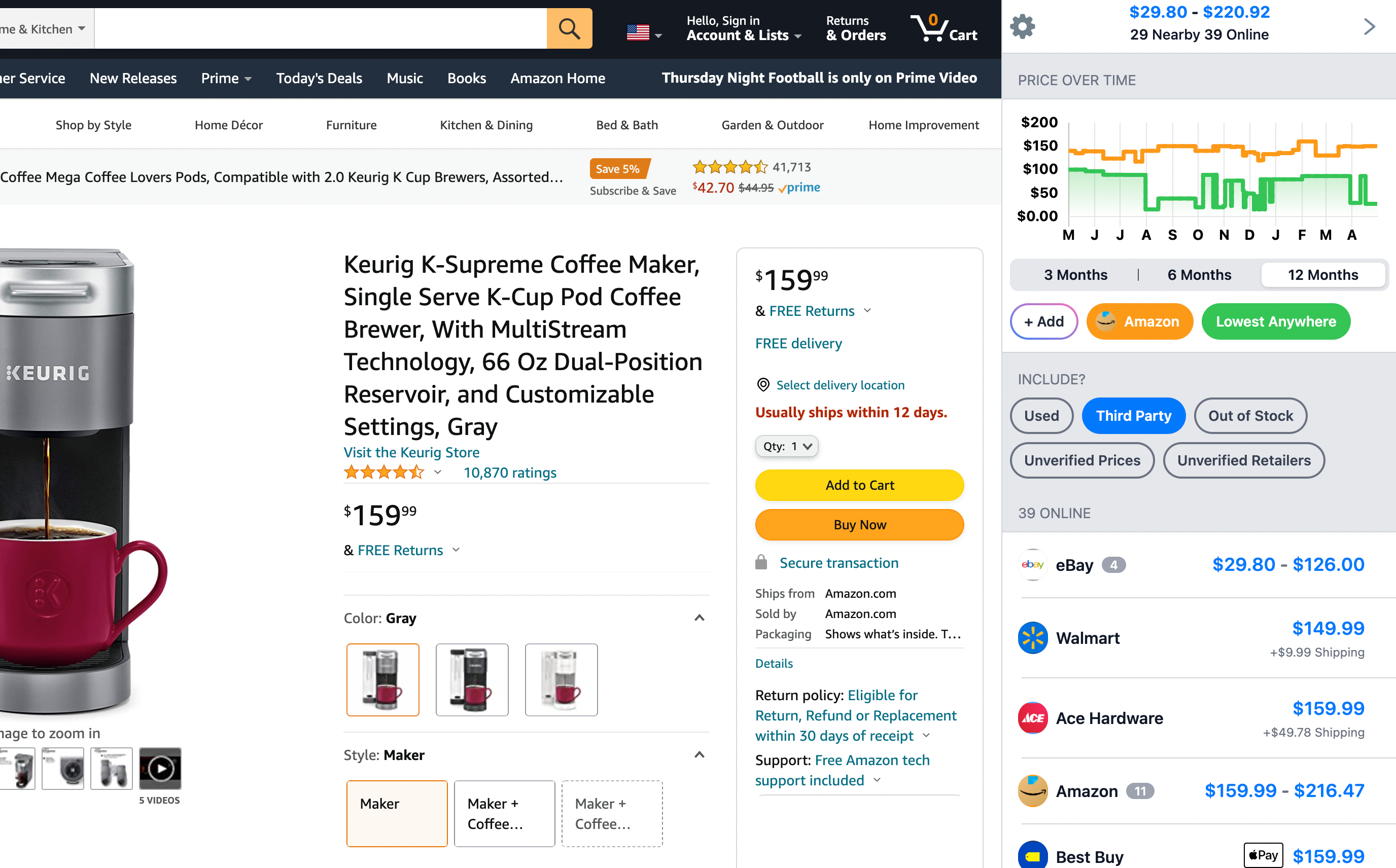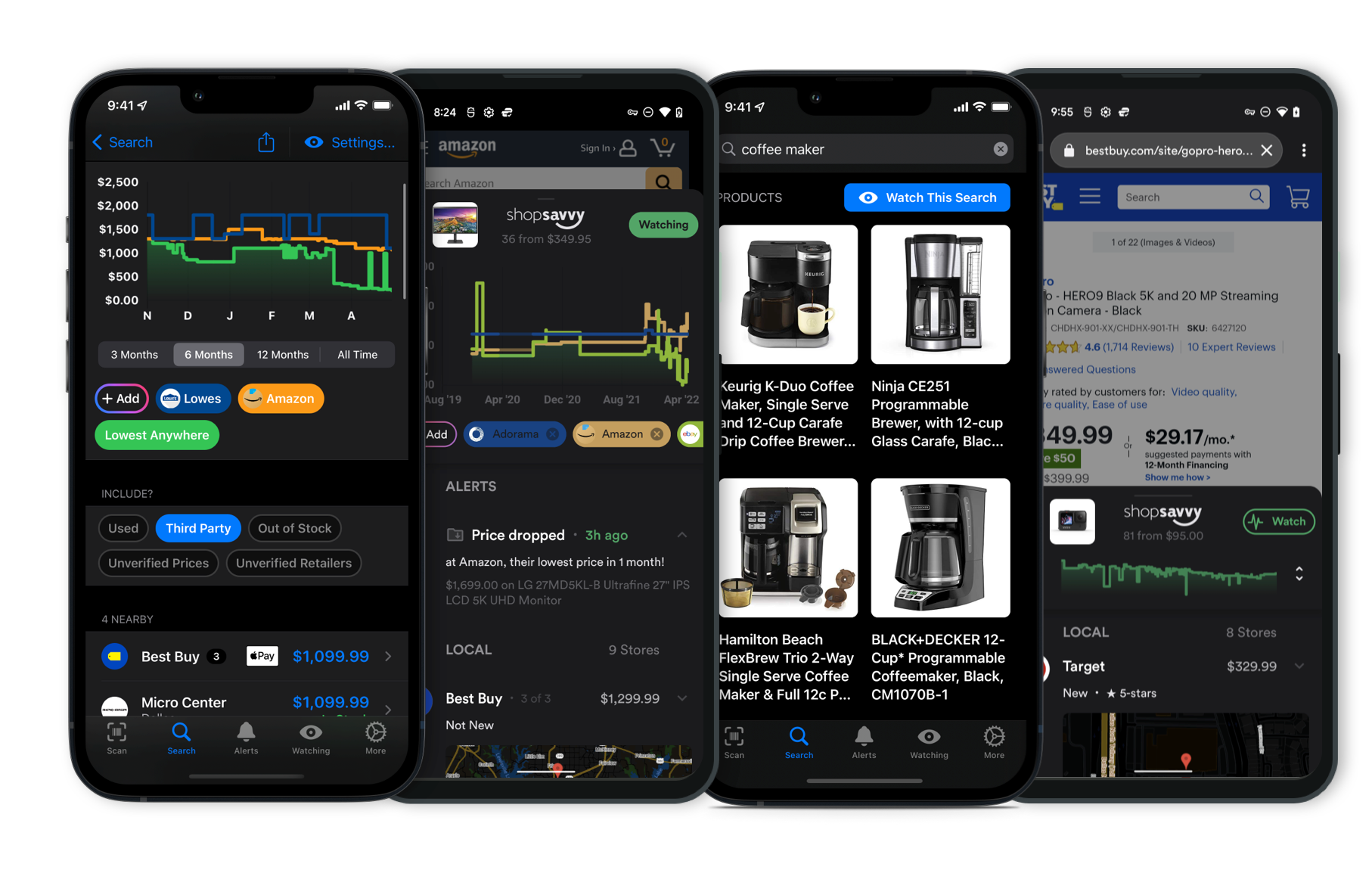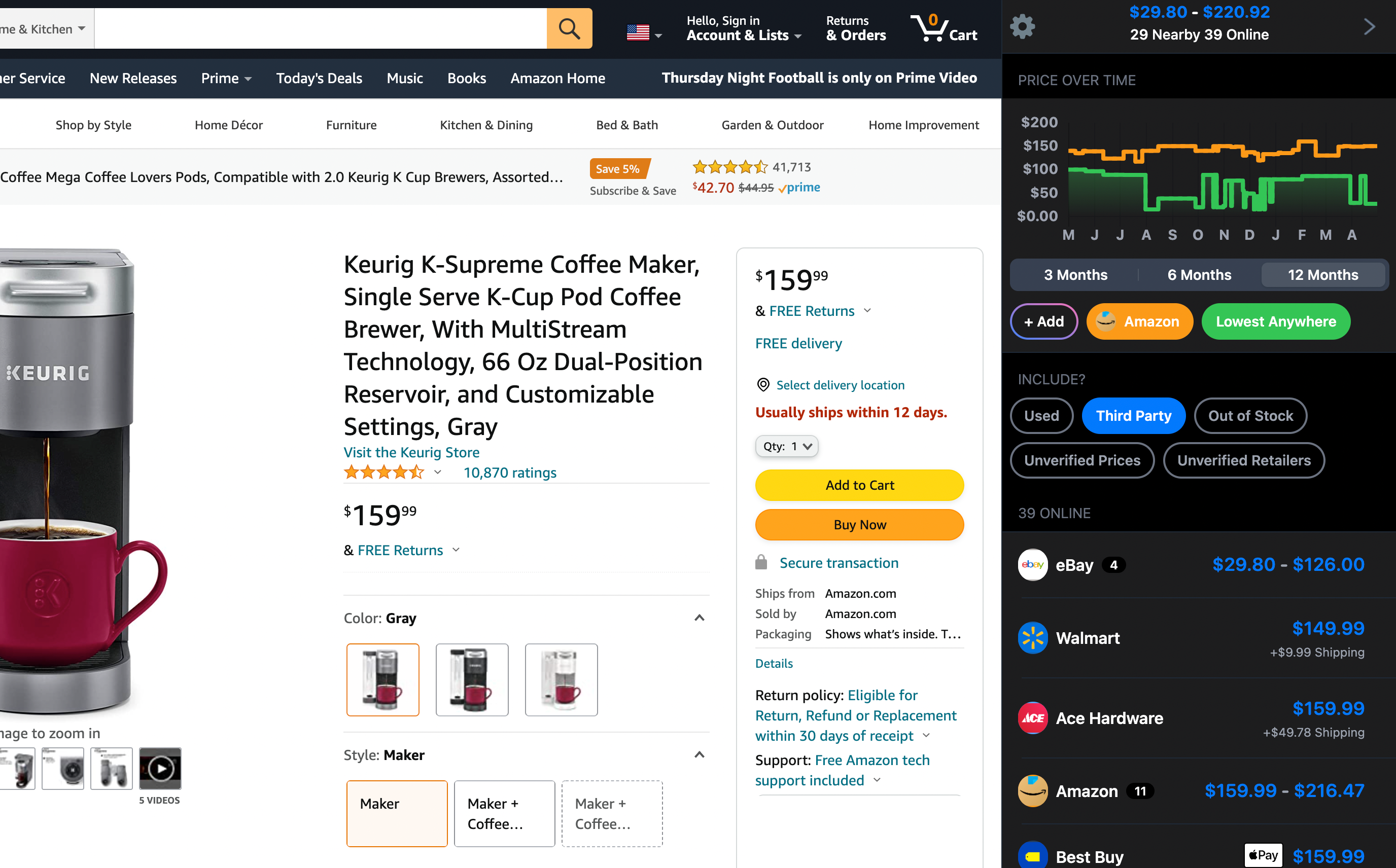
Getting your Penn-Plax Cascade 1000 Canister Filter up and running is pretty simple once you know what you're doing. First off, it's a good idea to get familiar with what the filter comes with. The manufacturer's description mentions that it includes three Poly Fiber Floss Pads, a Coarse Bio-Sponge, and some Activated Carbon. This setup is really helpful in filtering out debris and neutralizing odors, among other things, for aquariums up to 100 gallons.
Here's how to prime it:
-
Position the Canister: Place it below your aquarium. You need gravity to help with the siphon.
-
Assemble and Connect: Make sure all the filter media is set up properly in the trays. Connect the tubing and valves. The intake tube goes in the aquarium, and the outlet tube returns the filtered water.
-
Fill the Canister: Add water from your aquarium into the canister before sealing it up. This'll help get rid of air pockets during priming.
-
Secure and Connect: Lock the lid on tight and attach the hoses. Double-check everything to avoid any leaks.
-
Open the Valves: Start with the intake valve to let water flow into the container, then open the outlet valve for circulation.
-
Power On: Plug in the filter. It should start circulating water. If you hear some gargling, that's just air escaping, which is normal.
According to our research, while the initial setup of the media is decent, a lot of aquarium enthusiasts like to customize it based on their needs. You might want to add more biological media like ceramic rings or tweak the carbon setup for better filtration depending on your specific setup.
And don't forget, adjusting and occasionally replacing the media is crucial for keeping your water quality at its best. The Cascade 1000 makes it easy to customize, which is great if you have specific needs for your aquarium.
Whether you stick with the default setup or personalize it, understanding how to prime and manage the media will definitely help keep your aquatic environment healthy.
Where to Buy
Considering the Penn-Plax Cascade 1000 Filter?
Here's our "TLDR" Review
 Download ShopSavvy App
Download ShopSavvy AppCompare prices for anything in real-time, set price alerts, watch for deals by keyword, and much more
 Install ShopSavvy Browser Extension
Install ShopSavvy Browser ExtensionCompare and track prices automatically while you shop online at thousands of websites.
More Answers
If you're still curious about the Penn-Plax Cascade 1000 Filter, here are some other answers you might find interesting:
You should generally clean the Penn-Plax Cascade 1000 Canister Filter every 4-6 weeks. That timeframe works well for maintaining a healthy and clear aquarium, but it can vary depending on things like the type of aquatic environment you have and how much waste your tank inhabitants produce.
From what we've seen, people find the Cascade 1000 particularly effective for keeping aquarium water clear, especially if you have a setup like a turtle tank, which tends to produce more waste. Its customizable media baskets are handy too, allowing you to tweak the filtration process depending on whether your setup is densely packed with fish or has those waste-heavy turtles.
The manufacturer says this filter works for both freshwater and saltwater aquariums, and it's built to handle tanks up to 100 gallons with a flow rate of 265 gallons per hour. That's plenty for good circulation and filtration.
When you first set it up, you might run into some trouble with the priming process. We've heard it can be a bit tricky and might take a few tries, so it helps to go over the manual to save yourself some headaches.
Once it's up and running, people often comment on how quiet it is, which definitely helps in keeping your aquarium peaceful. The filters are generally seen as solidly built, adding to their popularity among aquarium lovers.
So, sticking to a cleaning schedule of every 4-6 weeks should keep things running smoothly, but keep an eye on your water's condition. If you notice any changes in clarity or quality, you might need to adjust your cleaning routine.
Overall, the Cascade 1000 is a reliable choice for various aquatic setups, from calm fish environments to more demanding turtle habitats.
The Penn-Plax Cascade 1000 Canister Filter is supposed to have a straightforward priming process because of its push-button primer—at least that's what the manufacturer says.
But based on our research, it seems like not everyone finds it so simple. Some folks have mentioned that getting it properly primed can be a bit tricky, and they've shared that they have to press the button several times to get it going.
Interestingly, some creative solutions have popped up in our research. A few people actually use the ball of their foot to press the primer, which they say helps with the repetitive work of doing it by hand. It's a bit unconventional, but hey, if it works, it works!
The reviews about the priming process are pretty mixed. While some users find the push-button effective, others have had to improvise by using a high-pressure water hose or manually siphoning to kick things off.
These methods sometimes seem necessary to get the filter started.
Once you've cleared these initial hurdles, though, the filter generally gets good marks for its performance. People seem to like how effectively it cleans aquariums and keeps water quality in check.
It's a good idea to make sure all the hose connections are tight and secure to avoid any priming issues, and checking out tips from others can be super helpful.
So, yeah, the Penn-Plax Cascade 1000 might have its quirks when it comes to priming, but it seems to make up for it with good performance once you're past that stage.
Just keep in mind that the setup might need a bit of extra time and some tinkering, armed with a few tips from others who've been there.
Getting your Penn-Plax Cascade 1000 Canister Filter up and running is pretty simple once you know what you're doing. First off, it's a good idea to get familiar with what the filter comes with. The manufacturer's description mentions that it includes three Poly Fiber Floss Pads, a Coarse Bio-Sponge, and some Activated Carbon. This setup is really helpful in filtering out debris and neutralizing odors, among other things, for aquariums up to 100 gallons.
Here's how to prime it:
-
Position the Canister: Place it below your aquarium. You need gravity to help with the siphon.
-
Assemble and Connect: Make sure all the filter media is set up properly in the trays. Connect the tubing and valves. The intake tube goes in the aquarium, and the outlet tube returns the filtered water.
-
Fill the Canister: Add water from your aquarium into the canister before sealing it up. This'll help get rid of air pockets during priming.
-
Secure and Connect: Lock the lid on tight and attach the hoses. Double-check everything to avoid any leaks.
-
Open the Valves: Start with the intake valve to let water flow into the container, then open the outlet valve for circulation.
-
Power On: Plug in the filter. It should start circulating water. If you hear some gargling, that's just air escaping, which is normal.
According to our research, while the initial setup of the media is decent, a lot of aquarium enthusiasts like to customize it based on their needs. You might want to add more biological media like ceramic rings or tweak the carbon setup for better filtration depending on your specific setup.
And don't forget, adjusting and occasionally replacing the media is crucial for keeping your water quality at its best. The Cascade 1000 makes it easy to customize, which is great if you have specific needs for your aquarium.
Whether you stick with the default setup or personalize it, understanding how to prime and manage the media will definitely help keep your aquatic environment healthy.
Explore Content
Footer 1
Published
Subscribe for Updates
Get the latest news, and updates on ShopSavvy. You'll be glad you did!








